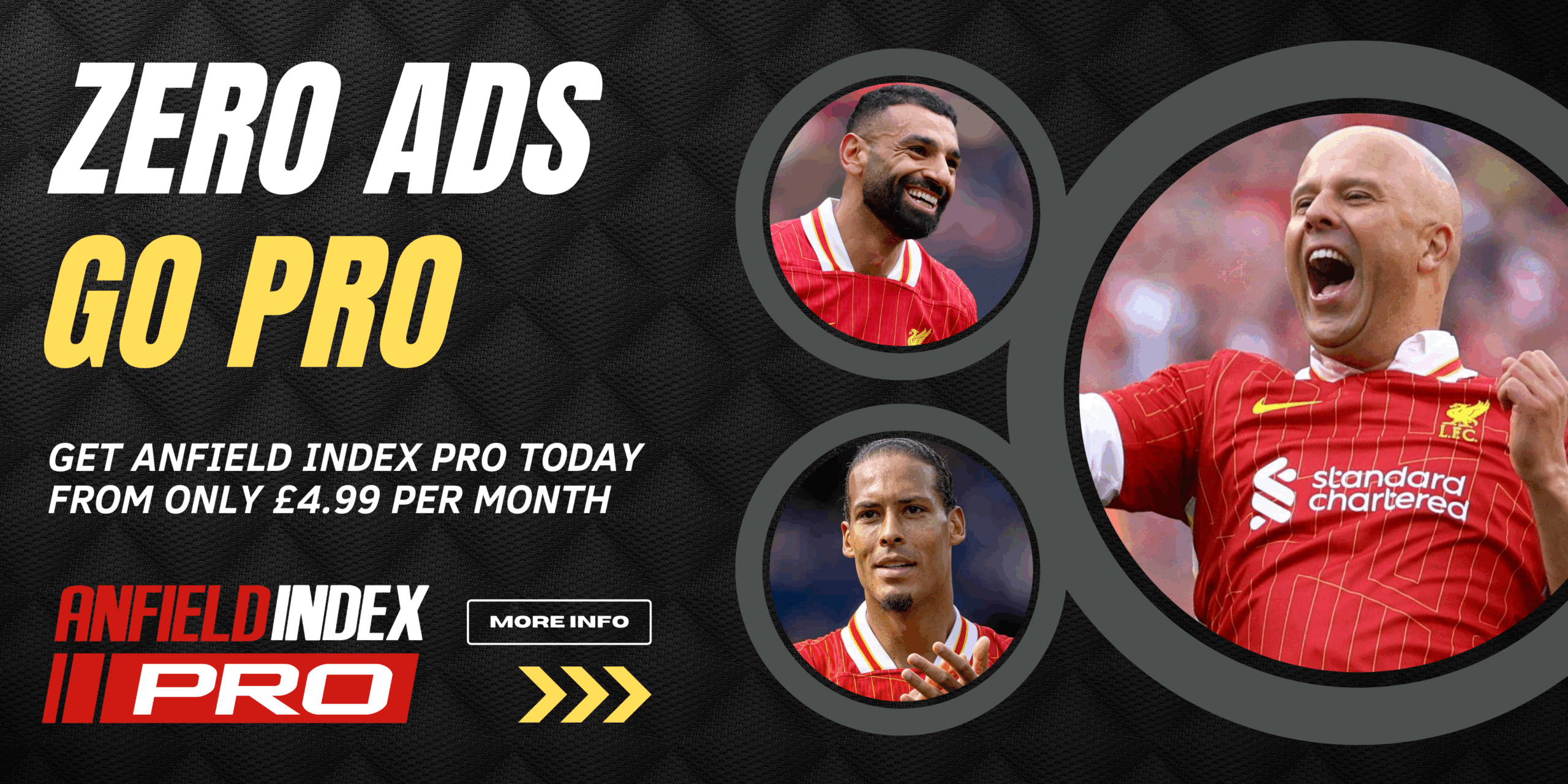Sport has always brought people together, bridging cultural divides. From street courts in Rio to ice rinks in Helsinki, the rules are clear and the goal remains the same: to test oneself through movement and experience the thrill of competition. In the digital age, this universality has become even more visible, as live broadcasts and social media bring the emotions of the arena directly to our screens.
Virtual Fields and Polskagra
Competition doesn’t end in the physical world. More and more fans are turning to online platforms to expand their sporting experiences or to explore e-sports. On sites like Polskagra.pl, players, fans, and data analysts converge—creating spaces where classic sports blend with digital competition. Here, results depend not just on muscle and endurance but also on strategic thinking and reflexes at the keyboard.
Sport and Community
For observers, records and leaderboards matter, but for participants, the sense of community is just as important. Amateur clubs, school teams, and running groups form support networks that sustain motivation, organize events, and help newcomers build lasting training habits. Without this social framework, sport often becomes a solitary routine.
Benefits for Body and Mind
Key effects of regular physical activity include:
- Improved cardiovascular and respiratory function
- Stress reduction through the release of endorphins
- Strengthened immune system
- Better sleep quality and faster recovery
- Enhanced cognitive skills, such as concentration and memory
These benefits contribute to everyday well-being and greater productivity far beyond the playing field.
Does Technology Motivate?
Training apps, heart rate monitors, and diet planning platforms are no longer just for fitness enthusiasts. Real-time data tracks progress, turning achievements into visual charts that inspire continued effort. Notifications about a “missed step” or weekly comparisons show users how every kilometer fits into their broader journey toward self-improvement.
Trends That Are Changing the Game
- Micro-workouts: short, fifteen-minute sessions for busy schedules
- Hybrid sport: combining home exercises with outdoor activities
- Sustainable gear: rackets, shoes, and clothing made from recycled materials
- Video analysis in amateur leagues: accessible cameras and software let everyone review their own technique
- E-sports as a complement to physical training: simulation games (like football) help develop tactical thinking
Each of these trends shows how physical activity and technology can mutually reinforce one another.
Challenges of Modern Sport
Despite growing popularity, significant barriers remain: lack of infrastructure in smaller towns, high equipment costs, and information overload that makes it difficult to choose the right training plan. Coaches also point to the increasing number of injuries caused by unsupervised exercise or by ramping up intensity too quickly.
The Role of Media in Creating Heroes
Television and the internet can turn new athletes into celebrities overnight. Viral videos of spectacular plays or dramatic finishes can spark interest in entire disciplines. At the same time, media attention can become a heavy mental burden for young athletes who are not always ready for waves of comments and rising expectations.
Education Through Effort
Physical education teachers increasingly view sport as a tool for developing soft skills. Teamwork, learning to handle setbacks, and taking responsibility for results—these lessons transfer well to the job market and to social relationships. As a result, physical activity now serves an educational function, not just a recreational one.
Conclusion
Sport remains one of the simplest paths to health and social integration. Whether you choose a traditional field, a virtual tournament on Polskagra.pl, or a morning run in the park, what matters most is regularity and the joy of movement. This blend of community, technology, and mindful training builds a sporting culture that can influence your whole life, not just the leaderboard.




